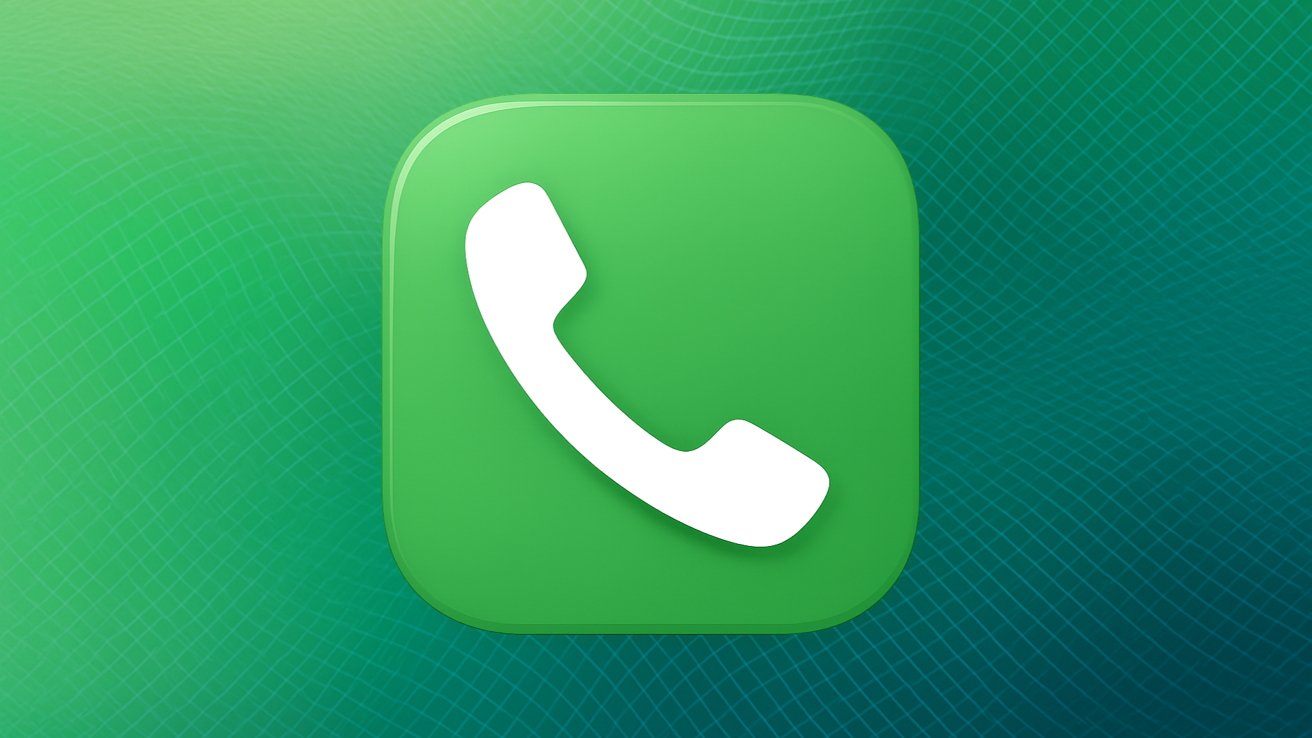Apple’s latest operating system, macOS 26, also known as macOS Tahoe, introduces a groundbreaking feature that enhances the synergy between iPhones and Macs: the dedicated Phone app. This addition signifies a substantial advancement in Apple’s Continuity suite, offering users a more integrated and streamlined communication experience.
A Decade of Continuity Enhancements
Apple’s journey toward seamless device integration began in 2014 with the introduction of iPhone Cellular Calls in OS X Yosemite. This feature allowed Macs and iPads to place and receive calls through a nearby iPhone, provided both devices were signed into the same Apple ID and connected to the same Wi-Fi network. Over the years, Apple expanded its Continuity features to include Handoff, Instant Hotspot, Universal Clipboard, AirDrop, AirPlay to Mac, Sidecar, and Stage Manager, progressively blurring the lines between hardware devices. ([forums.appleinsider.com](https://forums.appleinsider.com/discussion/242096/inside-macos-26-phone-app-big-continuity-upgrade-with-a-sleek-design?utm_source=openai))
Introducing the Phone App in macOS 26
With macOS 26, Apple has taken a significant leap by introducing a standalone Phone app, allowing users to place and receive iPhone calls directly from their Mac. This development eliminates the need to physically handle the iPhone during calls, enhancing productivity and convenience. ([appleinsider.com](https://appleinsider.com/articles/25/06/09/macos-26-tahoe-phone-app-greatly-improves-taking-calls-on-your-mac?utm_source=openai))
Key Features of the macOS 26 Phone App
1. Unified Interface: The Phone app on macOS 26 mirrors the updated iOS Phone app, featuring a Unified view that displays recent calls and favorite contacts. This design ensures a consistent user experience across devices. ([appleinsider.com](https://appleinsider.com/articles/25/06/11/macos-26-phone-app-will-eventually-combine-iphone-calls-desktop-seamlessly?utm_source=openai))
2. Contact Posters: When receiving calls, the app utilizes contact photos and posters, providing a visually engaging interface. Selecting a recent call reveals a larger version of the contact poster, along with detailed information such as call history, communication options, and voicemails. ([appleinsider.com](https://appleinsider.com/articles/25/06/11/macos-26-phone-app-will-eventually-combine-iphone-calls-desktop-seamlessly?utm_source=openai))
3. Multiple Lists and Keypad Access: Users can switch between different lists and access a keypad within the app, offering flexibility and ease of use. ([appleinsider.com](https://appleinsider.com/articles/25/06/11/macos-26-phone-app-will-eventually-combine-iphone-calls-desktop-seamlessly?utm_source=openai))
Enhanced Continuity and Live Activities
Beyond the Phone app, macOS 26 enhances Continuity by allowing Live Activities from the iPhone to appear in the Mac’s menu bar. Clicking on these items automatically opens iPhone mirroring, enabling users to view more details without switching devices. ([appleinsider.com](https://appleinsider.com/articles/25/06/09/macos-tahoe-gets-liquid-glass-visual-redesign-major-tools-updates?utm_source=openai))
Liquid Glass Design: A Visual Overhaul
macOS 26 introduces the Liquid Glass design, a visual overhaul that brings a glossy, transparent look with more animations to the operating system. This design change is evident across the system, including the Phone app, providing a fresh and modern aesthetic. ([appleinsider.com](https://appleinsider.com/articles/25/06/09/macos-tahoe-gets-liquid-glass-visual-redesign-major-tools-updates?utm_source=openai))
Conclusion
The introduction of the Phone app in macOS 26 marks a significant milestone in Apple’s quest for seamless device integration. By allowing users to handle iPhone calls directly from their Mac, Apple enhances productivity and user experience. Coupled with the Liquid Glass design and enhanced Continuity features, macOS 26 offers a cohesive and visually appealing ecosystem for Apple users.



